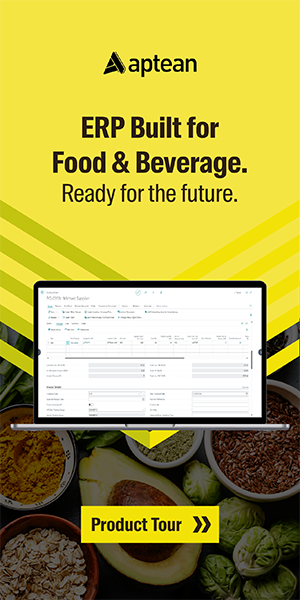The global liquefied petroleum gas (LPG) sector is poised for significant growth, with projections indicating a 7.3 percent increase between 2020 and 2028. Despite the challenges posed by the pandemic, the industry is once again on an upward trajectory. LPG’s portability and lower sulfur and carbon emissions make it a more environmentally friendly fuel, driving its increasing popularity.
For executives of LPG distribution businesses, it’s long accepted that the nature of the LPG distribution market is highly competitive. To stand out, it’s crucial to differentiate from the competition. This involves not only streamlining business processes and safeguarding resources but also managing the distribution of valuable stock down to the last drop, all while delivering exceptional customer service.
While many solutions available to LPG suppliers focus on driver behavior during transit or theft prevention, a comprehensive system that integrates with a company’s ERP system to manage stock in real time offers far greater benefits. These advantages go beyond administrative and compliance functions, providing a strategic edge in optimizing operations and enhancing service delivery.
Here are five reasons why optimized ERP implementation should be a priority for those LPG distributors that wish to capitalize on opportunities, navigate the challenges and outpace their competitors.
Compliance and regulatory adherence
For logistics companies, accurate, real-time record-keeping, reporting and monitoring of safety standards and environmental regulations are key. This helps maintain operational integrity, particularly in terms of health and safety regulations. Compliance systems that maintain this data are often separate from the ERP system. However, if the data fed in by a driver’s tablet or flow meter tracker, for example, can be linked up and accessed immediately through the cloud by head office, then necessary action can be taken quickly and effectively.
Supply chain visibility, tracking and risk management
The best ERP systems enhance supply chain management by providing real-time visibility and effective tracking, enabling proactive risk management to avoid disruptions and maintain reliability.
For a logistics company to have the view of a ‘digital twin’ of its vehicles provides significant advantages. With a linked flow meter tracking device that also feeds into the ERP system, not only can stock be carefully managed, but potential issues in the delivery process can be flagged and dealt with proactively. The combination of real-time route tracking, key performance indicators and vehicle events, along with a stock monitoring device or flow meter tracker provides the view and control of a vehicle. From delays in delivery, to a vehicle powering down unexpectedly and stock incongruities, these insights are the basis for efficiency, risk management and client satisfaction.
Customer satisfaction
While also important, many logistics systems only oversee vehicle progress and driver behavior during delivery processes. A flow meter tracker that monitors stock electronically is a useful addition to customer service enhancement. Particularly if it’s linked to the order status and processing and ERP systems. It means that clients can be invoiced efficiently and accurately as soon as delivery is complete and payment can then be made faster. On the other hand, if issues are flagged en route or on site, and information is fed back in real-time to the operations teams, clients can be contacted and problems can be dealt with pre-emptively. With effective communication accessed through the cloud, the complexities of lost documentation are a thing of the past. And streamlined procedures like order processing and service delivery and client interactions can be timely and accurate, fostering loyalty and satisfaction.
Efficiency and operational optimization
These systems drive efficiency by automating tasks, optimizing resource allocation and providing real-time data visibility, resulting in efficient processes, reduced costs and enhanced competitiveness.
Through the use of automation, human error is reduced. Data is pulled directly from the flow meter tracker showing exactly and in real-time what stock has been delivered, where and when. It also shows the driver what the day looks like: how much stock is required, how many customer stops and where. This is information that comes directly from the ERP system without the possibility of human error.
Data-driven decision-making and strategic planning
ERP systems centralize data and provide analytics capabilities, which, when combined with a system designed specifically to track what’s going on with the vehicle fleet, enable more informed decision-making and strategic planning. For data to be useful, it must be accurate and timely, and presented in a user-friendly manner. This then allows for a detailed overview of operational improvement and into the sales and marketing arm of an organization, creating the possibility for further business.
The world is feeling slightly unpredictable at the moment and the energy sector is sensitive to changes. Versatility, adaptability and strategic thinking are paramount for those who wish to ride the growth wave. Accurate, real-time data will give LPG distribution companies the competitive edge. After all, good management starts with precise measurement!






